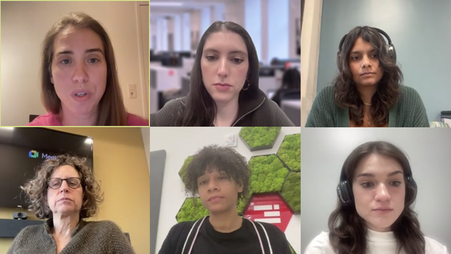
Five years ago today, The Guardian began publishing a series of stories exposing the National Security Agency’s warrantless mass surveillance regime. Three days later, the whistleblower behind the historic disclosures unmasked himself as NSA contractor Edward Snowden.
In the weeks and months that would follow, Snowden would transform the national and international conversation about privacy in our digital lives.
An appeals court ruled mass surveillance unconstitutional. Tech companies were forced to both increase security for their billions of customers, and push back harder on legal demands for individuals’ information. Congress was pressured into passing historic—albeit ultimately inadequate—intelligence reform. The White House was forced to declassify thousands of additional documents on government surveillance powers.
And there was sea change in public opinion about online privacy that is even more pronounced today. People have perhaps never been more aware of how their online privacy is being violated—by their governments, but also by the apps they download, social media platforms they use, products they buy, and articles they read.
When Snowden decided to come forward, he knew he did not want to solely decide what information were released. He wanted to select experienced journalists to protect information that would could put people at risk, and release the documents with context and commentary that would make it accessible to the public.
At the time, he faced a problem: few journalists were using encrypted messaging tools in 2013, including Glenn Greenwald—the first journalist with whom Snowden wanted to share NSA documents.
Snowden was an exceptionally technical source. Given the nature of his work, he was aware of his government’s ability to monitor and identify him, and was an expert in operating the surveillance circumvention tools that existed. He was able to connect with filmmaker Laura Poitras via encrypted email and ultimately teach Greenwald how to use secure communications as well. The rest is history. (We are proud that both Greenwald and Poitras are founding board members of Freedom of the Press Foundation.)
Digital security tools like encryption were difficult to use and inaccessible for non-technical journalists, and there were few resources available. In the five years since the Snowden revelations, the digital security landscape has been transformed, and while end-to-end encryption is far from ubiquitous, there are a myriad of security tools available to not only journalists and sources, but also to attorneys, doctors, therapists, and the public.
With free encrypted messaging applications like Signal, Wire, WhatsApp, and iMessage, anyone can easily share information in a much more secure way. Numerous digital security guides for journalists, sources, and the public have been published. At Freedom of the Press Foundation, we’re building tools like SecureDrop—a whistleblower submission system now in over 60 major newsrooms around the world— that we hope will can inspire—and help—the next Snowden speak to journalists in the safest way possible. Whistleblowers shouldn’t have to be as technical as Snowden, or journalists as well-resourced as Greenwald, to bring important stories to light.
One of Snowden’s greatest fears was that once he came forward and exposed the NSA’s warrantless surveillance regime, the public would not care and nothing would change. This fear has never come to fruition, and with the Cambridge Analytica scandal, it’s clear that the public has never cared more deeply about digital rights and privacy. People are aware now than more ever about threats to their online rights, and they have more tools than ever with which to fight for change.
There is much work to do. Governments both in the US and around the world continue to push for and receive more spying powers, and giant corporations who profit off surveillance are more powerful than ever. But five years later, it’s important to recognize just how far we’ve come. We have Snowden to thank for that.
In 2014, Snowden joined Freedom of the Press Foundation’s board of directors. We couldn’t be prouder that a year later he was elected our board president, and remains so today.




